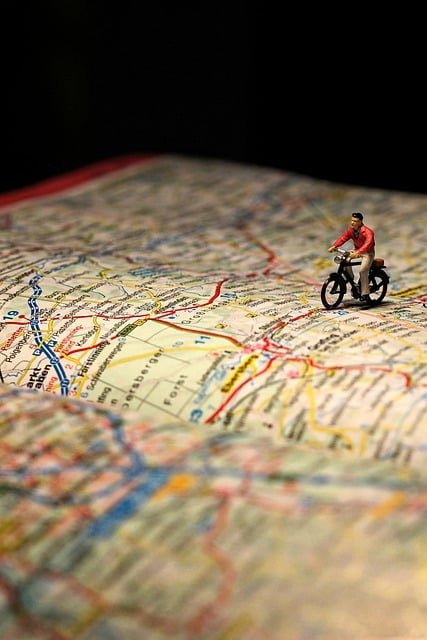What Muscles Does Bike Riding Work

What Muscles Does Bike Riding Work?
Bike riding is a popular form of exercise that not only provides numerous health benefits but also works several muscle groups in the body. This low-impact exercise is suitable for people of all fitness levels and can be customized to fit individual needs. Let`s take a closer look at the muscles that are worked during bike riding.
Core Muscles
Contrary to popular belief, bike riding is not only an activity for the lower body. The core muscles, which include the abdominal muscles, lower back muscles, and glutes, are also engaged during bike riding. These muscles are responsible for maintaining proper posture and stability while pedaling. When cycling, the abdominal muscles, particularly the rectus abdominis and obliques, work to keep the body upright and stable. The lower back muscles, namely the erector spinae and latissimus dorsi, also play a crucial role in maintaining proper form and supporting the spine.
Leg Muscles
One of the major muscle groups that bike riding targets is the legs. The quadriceps, hamstrings, calves, and glutes are all worked during cycling. The quadriceps, located in the front of the thigh, are the primary muscles responsible for propelling the pedals. As you push down on the pedals, the quadriceps contract, extending the knee and providing the necessary force to move the bike forward.
On the other hand, the hamstrings, located at the back of the thigh, are responsible for the pulling motion of the pedals. While the quadriceps are mainly used during the downward phase of pedaling, the hamstrings are engaged during the upward phase, pulling the pedals back and helping to complete the pedaling motion.
The glutes, or the muscles of the buttocks, also play a significant role in bike riding. These muscles are responsible for hip extension, which is essential for maintaining a steady and efficient pedaling motion. When the glutes contract, they help to push the body upward and forward, providing an additional power boost while cycling.
The calves, located on the back of the lower leg, also play a crucial role in bike riding. These muscles work to point the toes downward during the pedaling motion, helping to create a fluid and efficient cycling movement. They also work to stabilize the foot on the pedal, preventing any slipping or loss of power.
Benefits of Working These Muscles
Bike riding offers numerous health benefits, including improving cardiovascular health, increasing endurance, and burning calories. However, working these muscles through cycling has some specific advantages.
Stronger Legs
As discussed earlier, bike riding targets several muscle groups in the legs, including the quadriceps, hamstrings, calves, and glutes. Regular bike riding can help to strengthen these muscles, making them more efficient at pedaling and providing a more powerful stroke. This can be particularly beneficial for other activities that require lower body strength, such as running and hiking.
Improved Core Strength
The core muscles, including the abdominal muscles and lower back muscles, are used to maintain proper posture and stability while cycling. Regular bike riding can help to strengthen these muscles, leading to better overall core strength. A strong core is essential for everyday activities, from picking up groceries to participating in sports.
Better Balance and Coordination
Bike riding requires coordination between the lower body, core, and hands for effective pedaling and steering. This can help to improve overall balance and coordination, making daily movements more fluid and efficient.
Conclusion
Bike riding is an excellent form of exercise that works multiple muscle groups in the body. In addition to providing cardiovascular benefits, it also helps to strengthen and tone the core muscles and the muscles of the legs. Regular bike riding can lead to stronger and more efficient muscles, improved balance and coordination, and overall enhanced physical well-being. So hop on a bike and start pedaling your way to better health!







